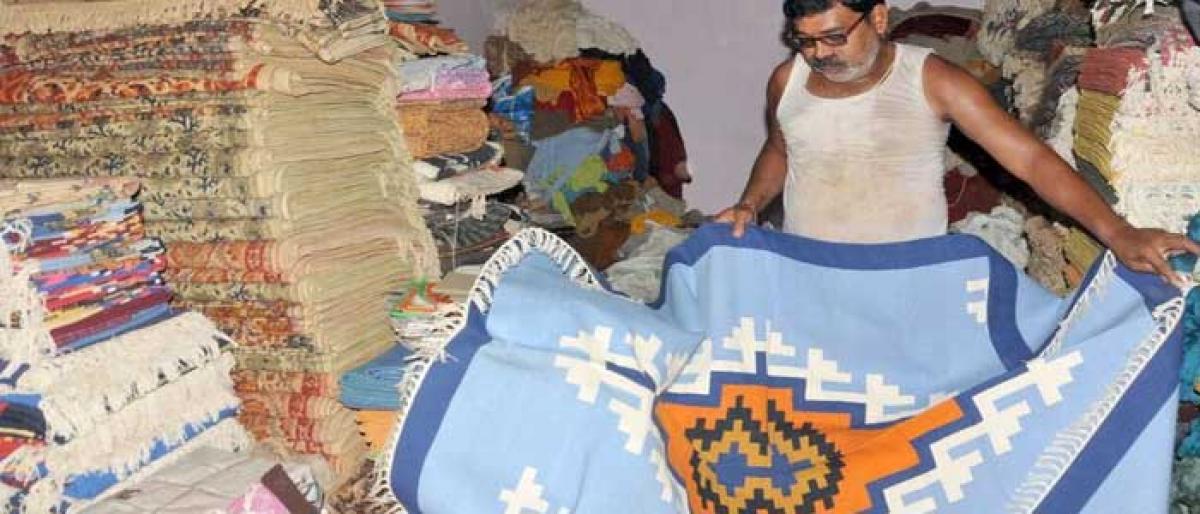Live
- Venigandla Ram Receives Full Support in Gudivada, Keshineni Sivanath Vows Victory
- Sundeep Kishan teams up with Thrinadha Rao Nakkina for ‘SK30’
- Kajal set to thrill audiences in action-packed role as ‘Satyabhama’
- Karnataka Chief Minister Siddaramaiah Offers Condolences To Grieving Father Of Stabbing Victim
- BJP winning 35 seats in Bengal will guarantee freedom from illegal infiltration: Amit Shah
- Assault Incident In Karnataka Sparks Controversy Amidst Rising Tensions
- Only 6 minutes’ role in 222 days at Parliament
- CM Kejriwal, K Kavitha’s judicial custody extended in money laundering case till May 7
- Women BJD leaders Raseswari, Simarani quit party
- BJP overlooked TG projects in Parliament: Manne Srinivas









